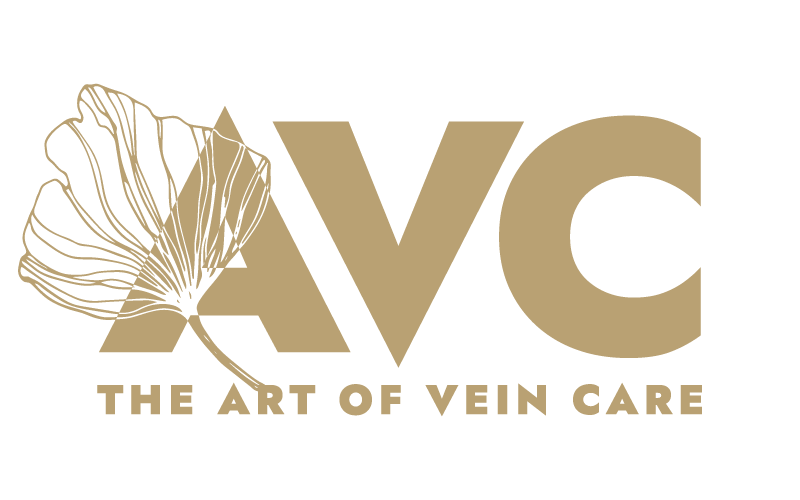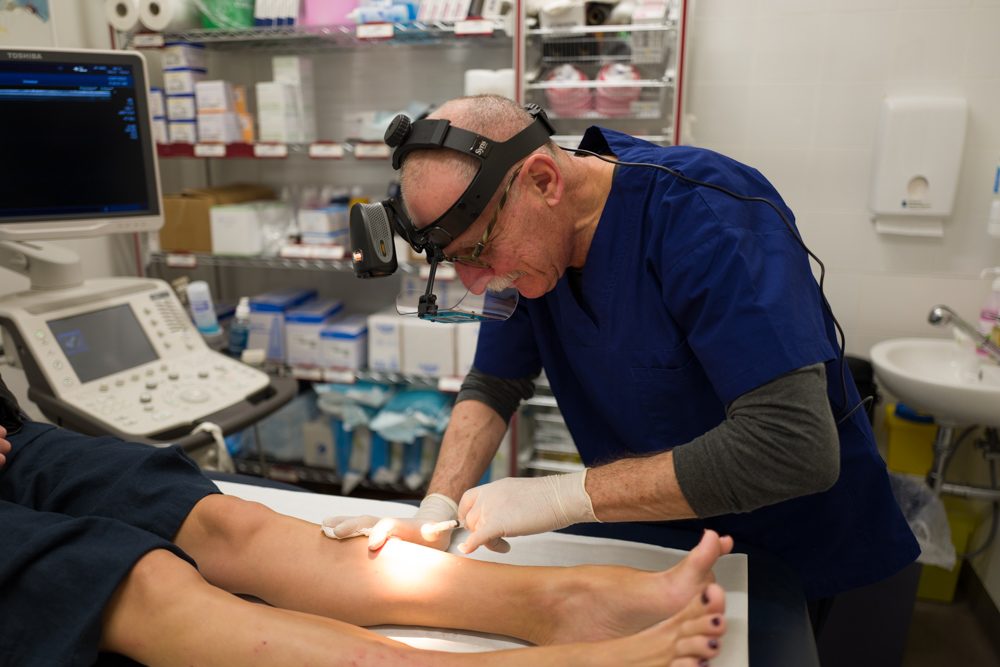Spider veins are the very fine red vessels that are commonly seen in the skin. Often, they appear on the outside of the thigh and on the inside of the thigh just above the knee. They also appear around the ankles as well as the face. There are also larger blue veins which are often associated with the spider veins and can feed them. These are reticular veins. In turn, these are associated with varicose veins although neither they, nor the spiders are varicose veins themselves. Reticular veins and telangiectasia the technical name for spider veins) do not have the lumpy appearance that varicose veins have. Reticular veins are generally less than 2mm in diameter and do not protrude above the surface of the skin. Spider veins are much smaller than the reticular veins. They are new vessels which have grown in the skin, whereas varicose veins are pre-existing veins which have become dilated and tortuous. Spider veins and reticular veins are often fed by underlying varicose veins.
If there are varicose veins, and they are not treated first, then the high pressure from the varicose veins will make treatment of the spiders more difficult, the result will not be as good, and the result will not be as long lasting. To get the best result, the spider veins should have the lowest pressure in them as is possible. The aim of the treatment is to make them go into spasm, so the spiders do not have any blood in them. They will then shrivel up and disappear. If there is an underlying vessel trying to fill them, then it will be more difficult for the spiders to close off.
To ensure there are no underlying feeding veins, a venous duplex scan should be done. If there are feeding veins, then they will need to be treated first using ultrasound guided sclerotherapy (using an ultrasound to guide the needle). Once that has been done, the spiders can be treated using direct vision sclerotherapy (also known as microsclerotherapy). This is done using magnification and a polarising light to make it easier to see the vein and make injections more accurate.
Please note that firstly, not all the spiders will disappear, and secondly, treatment does not prevent new spiders from growing. The final result will depend on how complete the treatment of the underlying veins has been and how many treatments are done.
The doctors at The Art of Vein Care specialise in the management of vein disorders and will offer a treatment programme using the most up to date treatments including ultrasound guided sclerotherapy, microsclerotherapy and ambulatory phlebectomy, as well as thermal ablation (laser and radiofrequency) and medical glue.
Call for an appointment and find out what is best for you. 42 269 3333

